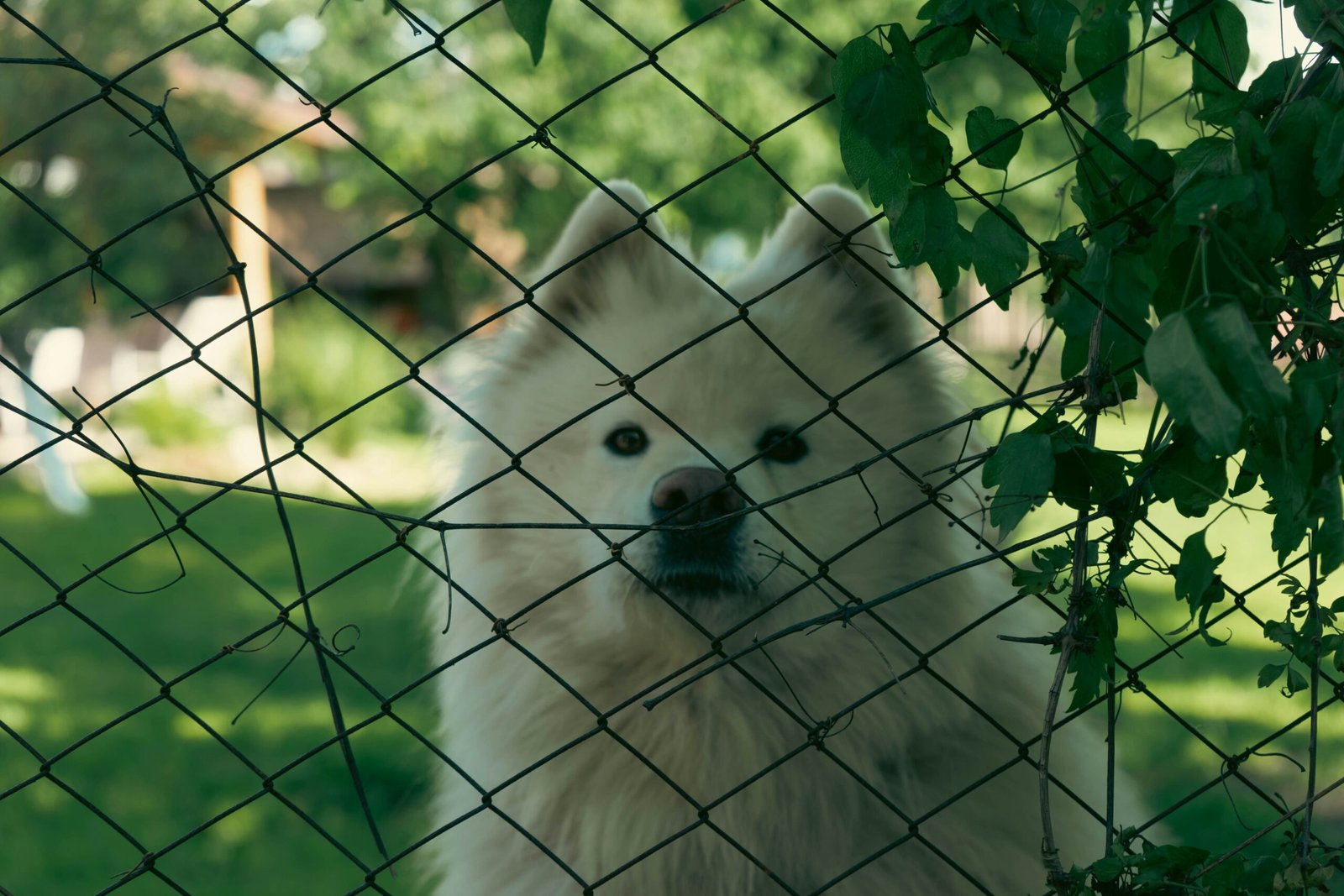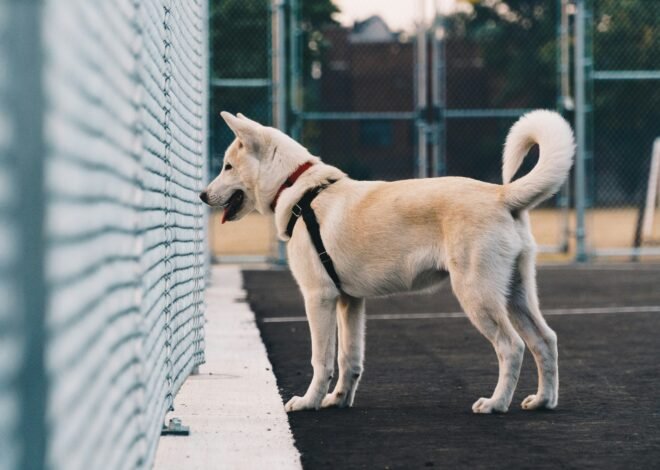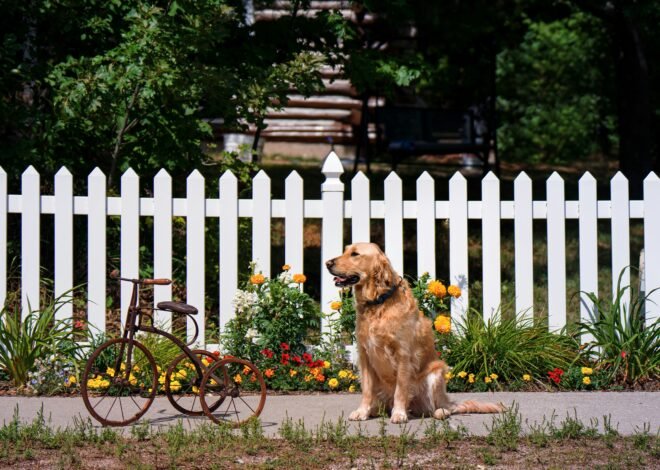
Introduction to Dog Fences: Purpose and Benefits
Dog fences are an essential tool for pet owners looking to provide safety, security, and freedom for their furry companions. Whether you’re a new pet owner or considering upgrading your current setup, understanding the purpose and benefits of dog fences is crucial. In this comprehensive guide, we’ll explore everything you need to know about dog fences, from their primary functions to the advantages they offer to both you and your canine companion.
What is a Dog Fence?
A dog fence, also known as a pet containment system, is a structure or device designed to keep dogs within a specific area while preventing them from wandering off or accessing restricted areas. Dog fences come in various types, including traditional physical barriers, wireless systems, and electric fences.
Purpose of Dog Fences
The primary purpose of a dog fence is to provide a safe and secure environment for your pet. By establishing boundaries, dog fences help prevent dogs from straying into potentially dangerous areas such as roads, neighboring properties, or wildlife habitats. Additionally, dog fences can protect your garden, flower beds, and other outdoor spaces from being damaged by curious or playful pets.
Benefits of Dog Fences
- Safety: One of the most significant benefits of dog fences is the safety they provide for both your pet and the surrounding community. By confining your dog to a designated area, you reduce the risk of accidents, injuries, and conflicts with other animals or people.
- Freedom: While safety is paramount, dog fences also offer your pet the freedom to explore and enjoy outdoor activities without constant supervision. With a secure boundary in place, dogs can run, play, and exercise to their heart’s content while remaining safely within the confines of your property.
- Behavioral Control: Dog fences play a crucial role in training and reinforcing desired behaviors in dogs. By defining boundaries and establishing clear limitations, dog fences help deter unwanted behaviors such as digging, jumping, or excessive barking.
- Peace of Mind: For pet owners, knowing that their furry friend is safely contained provides peace of mind, especially when they’re unable to supervise them directly. Whether you’re at work, running errands, or relaxing at home, a dog fence allows you to focus on other tasks without worrying about your pet’s whereabouts.
- Protection for Property: Dog fences not only keep pets safe but also protect your property from damage caused by roaming dogs. By confining your pet to a designated area, you can prevent them from digging up flower beds, trampling landscaping, or escaping through gaps in traditional fences.
Choosing the Right Dog Fence
When selecting a dog fence for your home, several factors need to be considered, including your pet’s size, breed, temperament, and your property’s layout. Additionally, you’ll need to decide between different types of dog fences, such as wireless systems, electric fences, or traditional physical barriers.
Before making a decision, it’s essential to research each option thoroughly and consult with a professional if necessary. Additionally, be sure to check local regulations and zoning laws governing the installation of dog fences in your area to ensure compliance. Consider this.
Conclusion
In conclusion, dog fences are valuable tools for pet owners seeking to provide a safe, secure, and enjoyable environment for their canine companions. From ensuring their safety and freedom to promoting good behavior and protecting your property, the benefits of dog fences are undeniable.
By understanding the purpose and benefits of dog fences, you can make an informed decision when choosing the right containment system for your pet. Whether you opt for a wireless system, electric fence, or traditional physical barrier, investing in a dog fence is an investment in your pet’s wellbeing and your peace of mind.
Additional Resources:
- Ergeon Guide on : Choosing the Right Fence for Your Dog
- Humane Society of the United States PetProofing Your Home
- How To Properly Dig For A Dog Fence Installation


